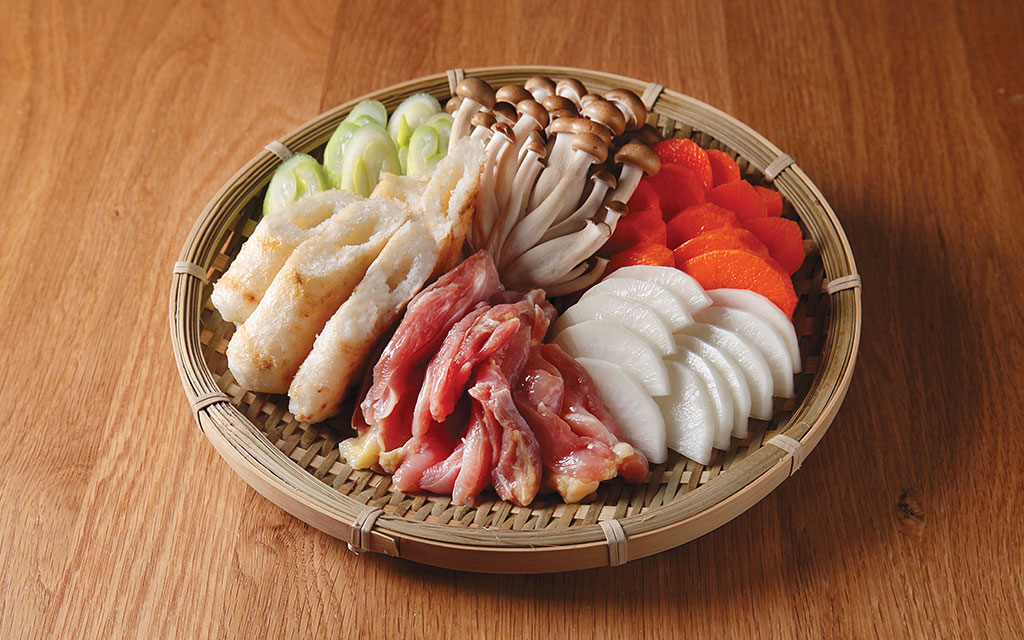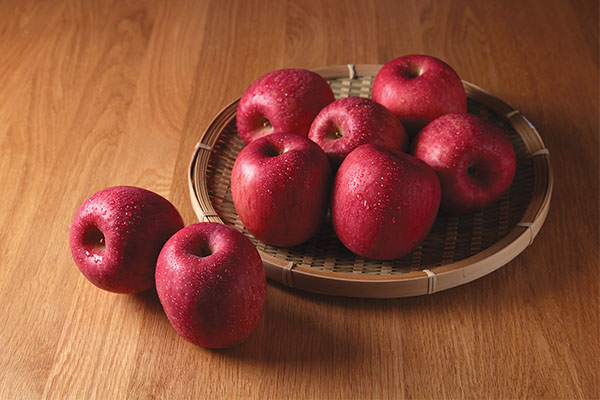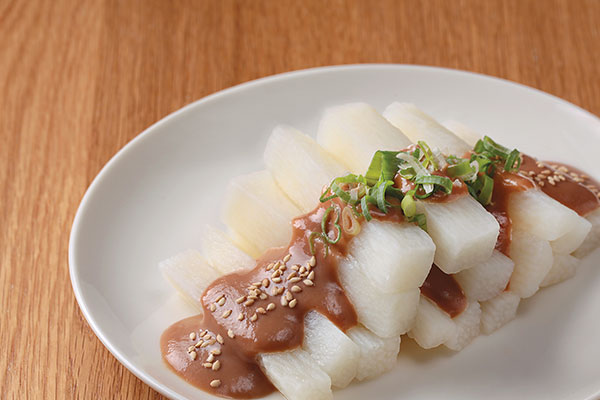
Discover Tohoku Japan

The Tohoku region, located in northernmost of Honshu Japan, faces Hokkaido in the north and connects with Kanto region in the south, is made up of six prefectures including Aomori and Akita. The region is divided by the Ou Mountain Range which stretches from the south to the north, bringing distinctive climates to the east and west coast that results in the flourishing of different agricultural crops. Meanwhile, the collision of warm and cold ocean currents at both coasts contributes to the creation of a marine habitat that brings rich fishery resources. Moreover, due to geographical extensiveness of the region which accounts for around 30% of the total area of Honshu, the local customs and traditional cultures of each prefecture have their own characteristics and so as the local dining culture. The savoury traditional cuisines and unique local festivals such as Aomori Nebuta Festival and Akita Kanto Festival have made the region popular with tourists every year.
INGREDIENTS

Akita Rice
Affected by the Japan sea side climate, Akita has heavy snowfall in winter. In spring, the snow pile melts into streams of clear water, providing an excellent water source for paddy fields. Akita now ranks the third in Japan’s annual rice production. Akita rice is rich in sweetness with a glutinous texture, and it is often being made into rice sticks for the local traditional dish “Kiritanpo Pot”.
Akita Hinai Chicken
Akita Hinai Chicken is one of the three most famous chicken breeds in Japan, along with Nagoya Cochin and Satsuma Chicken. Akita Hinai Chickens are raised in a free-range condition, bringing firm and chewy texture to the meat, which is especially suitable for barbecue or hot pot, and it is a must-have ingredient for Akita’s traditional dish “Kiritanpo Pot”.

Japanese Yam
Aomori has a cold winter and hence local farmers mainly plant root vegetables that can survive in severe weather conditions. The black and fluffy volcanic ash soil in the region good at water storage and drainage is also suitable for the growth of root vegetables. Japanese yam is one of the typical crops in Aomori, and it accounts for 40% of the total production in Japan. With refreshing sweet taste and pliable mouthfeel, it is rich in vitamins, zinc, potassium, iron and digestive enzymes which help improve digestion and skin health. Japanese families usually cut it into slices with simple seasoning to make salads, or grate it into slimy form called “Tororo” and serve with rice or udon.

Aomori Apple
Known as “Apple Kingdom”, Aomori accounts for more than 60% of annual apple harvest in Japan. The cool climate, moderate sun exposure and large diurnal temperature range provide excellent conditions for growing apples. There are a number of apple varieties in Aomori, among which the Fuji variety is luscious and juicy with a crunchy mouthfeel, making it a popular ingredient for local families to use when making desserts such as apple tart or jelly.
Found DELI
Through searching for seasonal ingredients from all over the world and exploring the wisdom of eating inherited from local culture, original flavors are being brought to the menu through healthy and tasty traditional family recipes.
Café&Meal MUJI chefs visit ingredient origins around the world and learn different cooking methods and skills from local families, bringing their daily wisdom of using in-season ingredients to the menu of Café&Meal MUJI for you to enjoy their unique food cultures.

Aomori Yam with Walnut Miso.Aomori Apple & Pumpkin Salad.Japanese Scallop with Scrambled Egg.Aomori Apple Jelly

Aomori Yam with Walnut Miso
Yam, served both raw and cooked, is nutritious, relatively low in calories and easy to digest, making it a popular ingredient in Japanese cuisine. The salad is made with Aomori Yam, walnut miso and scallions, giving metropolitans another healthy salad choice.

Japanese Scallop with Scrambled Egg
In the Edo period, the fishermen who lived in Mutsu Bay of Aomori used large scallop shells instead of pan to cook scallops, beaten egg and green onions in bonito broth, with mirin, miso and Japanese sake added as seasoning, and enjoyed them directly right after cooking. At that time, eggs were precious ingredients, so the dish was regarded a “Nutrition Food” in which general public only enjoyed it for energy replenishment. Since then, the dish has gained popularity gradually and become one of Aomori’s signature traditional dishes.

Aomori Yam & Fungus Salad.Aomori Apple & Chicken Salad.Akita Hinai Chicken & Rice Sticks with Vegetables.Honwakatou & Aomori Apple Tart

Akita Hinai Chicken & Rice Sticks
“Kiritanpo Pot” is the most signature traditional dish of Akita. Rice sticks made of Akita Rice are roasted to golden yellow, and then they are cooked with Akita Hinai Chicken, shimeji mushrooms, carrots and green onions in bonito broth, so the rice sticks can completely absorb the broth for a savoury flavour. An ideal dish to keep you invigorated for autumn and winter.

Aomori Apple & Chicken Salad
Using sweet and juicy Fuji apples from Aomori, celery, and tender chicken meat seasoned with Shio Koji and olive oil to mix with salad dressing for a tasteful and refreshing cold deli.

Honwakatou & Aomori Apple Tart
Aomori people love to use apples to make different desserts, and apple tart is a popular dessert among locals and tourists. Using Fuji apples from Aomori and mildly-sweet Honwakatou as ingredients, the apple tarts are freshly made at the pastry kitchen of Café&Meal MUJI every day to bring you a sweet treat rich in fruity scent.